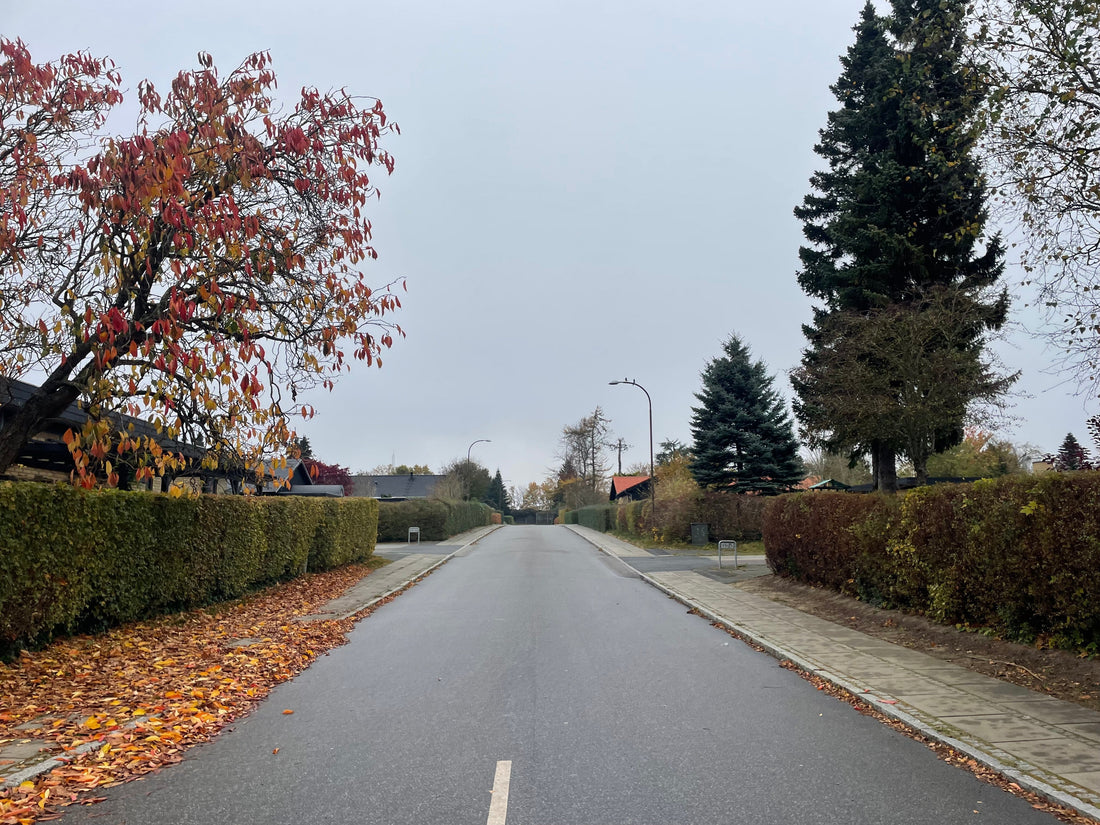Danish housing renovation programs are popular, suggesting that Danes understand the value of transforming old buildings.
By Line Vestergaard Cramer.
07.03.2025.
Transformation in housing programs
We've been talking about it for a long time, and transforming old buildings has become the new breed of the construction industry. There is a growing consensus that if we are to take care of our planet, we need to use the building stock we already have – and not constantly build new large and polluting buildings.
The trend is not only seen in design studios and construction companies. In fact, we also see it in a completely different place. Namely on television.
Residential programs are not a new concept on Danish TV channels and streaming services. They have long been popular among Danes, and programs like 'Beliggenhed, Beliggenhed, Beliggenhed' and 'Hammerslag' are among the most watched.
But in recent years, a new branch of housing programs has emerged: programs for the renovation of old houses – and they are now numerous.
Among the big players we have DR's 'Røverkøb i provinsen', TV2's 'Linde på Langeland' and TV3's 'Boligkøb i blinde'. The programs have several seasons behind them and have gradually gained a lot of viewership.
The programs all show how ordinary Danes – or in one case a well-known Danish TV host – dream of renovating old homes and giving them a new life. The participants often have a great love for renovation and an understanding of the qualities that can be found in old houses with different expressions and from different eras. Qualities that architects know about and often want to evoke or recreate when they build and transform. Here we are talking about homes with 'soul and patina' – expressions that the Danes love.
The programs always include some kind of expert who helps the dreaming Danes on their housing journey. They either buy for, renovate for or guide the participants, and make sure that we as viewers always achieve the desired redemption in the before and after sequence in the program. Everything is in the most beautiful order, and we love to see how such an old house can become so beautiful – and at the same time preserve its soul!

New construction or renovation?
But what's the problem? It sounds fantastic – and sustainable – that the Danes understand the value of old homes instead of new construction.
Well, actually it's not that simple. And there are more reasons than you might think that make renovation difficult. We demolish an average of 1200 single-family houses a year in Denmark – partly to be replaced by new houses – so there should be enough houses.
The first problem you may encounter in connection with a renovation project is loans.
If you want to borrow money for a home, it is not always so easy to borrow money for a renovation project. On the contrary, it may be simpler to get a loan for new construction, as this is a more standardized and straightforward project. This is because it is easier for the bank to assess the value of new construction based on market prices and the construction budget. At the same time, it is also often possible to get a construction loan that is converted into a mortgage loan after the completion of the newly built house.
When borrowing for renovation, you must create a construction budget that explains in detail what you expect to spend money on in connection with the renovation. The house must be assessed both before and after the renovation, so that the desired increase in value in connection with the loan is ensured. It is a very extensive process with many steps and unforeseen expenses. This makes renovation projects less accessible and more extensive for the average Dane, who, for example, does not have a background in architecture or craftsmanship. So even though banks are willing to do both, a renovation project requires more solid documentation.
The detached house through time
There is also a historical background that has made new construction easily accessible.
The first single-family house were built in the late 1800s – before single-family houses we mainly lived on farms or in apartments – and they really gained popularity during the 1900s. Back in the late 1930s to the late 1950s, the state gave large families with children the opportunity to take out government loans to build healthy single-family homes. There were strict requirements for the construction projects – including the size of the house. This meant that newly built single-family homes became a more common form of housing for the Danish family.
Subsequently, during the 60s and 70s, enormous amounts of single-family houses were built. Both because there were tax benefits from the state, but also because it had become a good investment to be a homeowner. Single-family houses were now one of the most normal things to live in, and one can actually argue that tax legislation and building regulations today still support new construction.

Single-family house from the late 90s. Photo: Line Vestergaard Cramer.
Danish housing today
When you, as an ordinary Dane, have to choose between renovation or new construction, your decision will not only be influenced by your own wishes, but also by structural trends in construction in Danish society and the available options.
So let's finally go back to the housing programs. They can give a thumbs up that thoughts about recycling, renovation and transformation are not foreign to the Danish population. Because we see it on television, and we know that it is a possibility. These are thoughts that occupy the Danes, so now the question is whether legislation in relation to taxes, building regulations, the provision of loans, etc. can keep up so that some of the 1200 homes that are demolished per year can perhaps once again become homes that house Danish families.
Image above: Multi-family housing district. Photo: Line Vestergaard Cramer.

